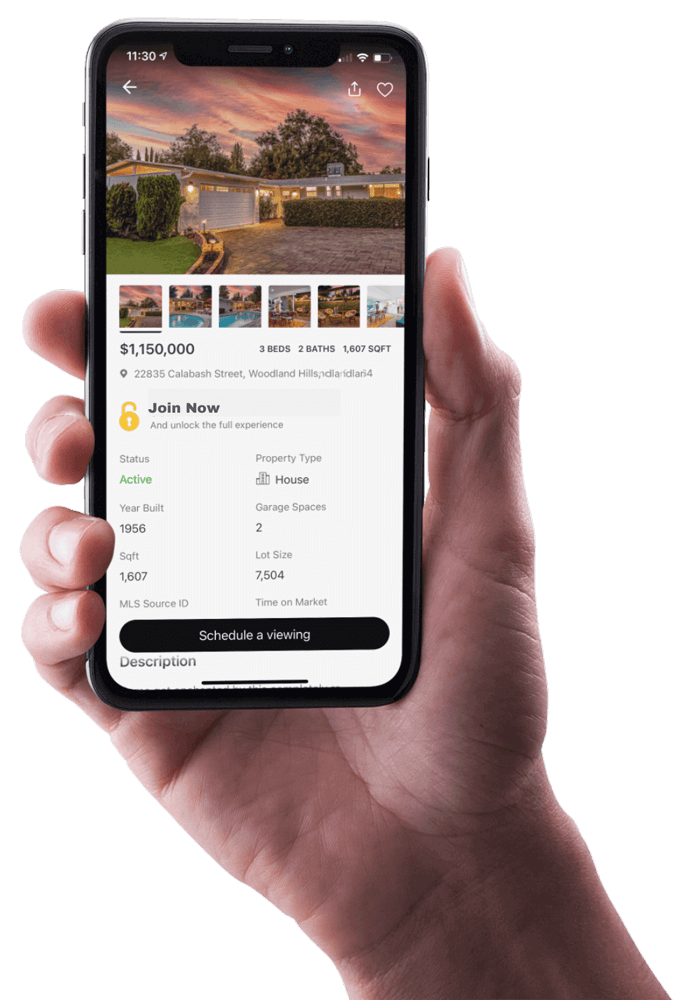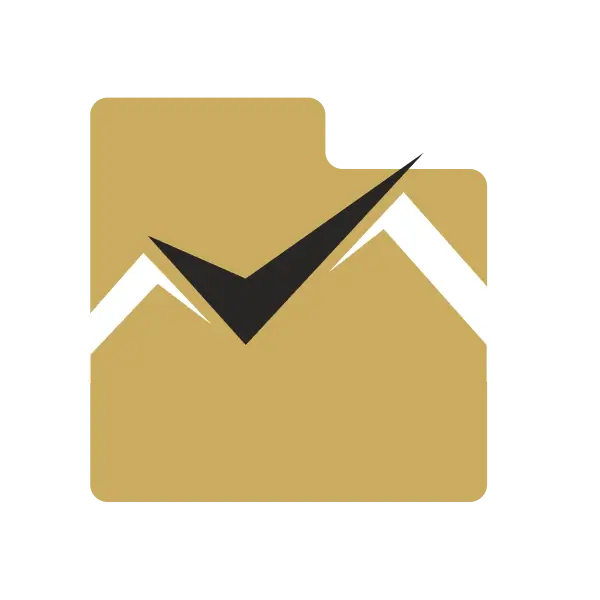How Plumbing Conditions Influence Property Value and Buyer Confidence
Plumbing systems play a key role in home inspections, buyer confidence, and long-term property value. Learn how infrastructure impacts real estate decisions.

Graduating opens doors — but buying one is a different story. Utah's housing scene moves fast, prices sit well above national averages and loan costs can stretch a starting salary. Before you race to a showing or click "apply," get a clear picture of what shapes the market and your buying power. The right knowledge today prevents costly regrets tomorrow.
7 Key Points Every New-Grad Buyer Should Master
You're about to read a checklist, not a lecture. First, you'll see why rates, prices and programs matter. Then, we'll cover strategies for turning a starter home into a launchpad for wealth.
1. Mortgage Rates Make — or Break — Affordability
Sticker shock starts with interest. The national average on a 30-year loan hovers around 7.2% — a level last reached in 2000 when rates topped 8%. Each percentage point raises a $300,000 mortgage payment by roughly $150 monthly. Compare multiple lenders, ask about discount points and watch weekly rate reports. Even a 0.25-point dip can free up thousands over the life of your loan — money you'll want for maintenance or investment.
2. Utah Prices and Inventory in 2025
Utah's statewide median sale price sat at $559,200 in April 2025. Entry-level listings under $400,000 — mainly condos and townhomes — still spark bidding wars, but rising days-on-market show momentum cooling. Scan listing daily and tour quickly — good properties vanish in a weekend. Have your preapproval letter ready, so sellers know you're serious.
3. Down Payments Are the Toughest Hurdle
A REsimpli 2025 survey reports that 38% of first-time buyers call saving the down payment their biggest challenge. Utah Housing Corporation's FirstHome program can trim what you need to bring to closing. Some county grants even cover part of the upfront mortgage insurance. Ask lenders about layering assistance — one program rarely covers everything.
4. Equity Can Fund Future Moves
Think beyond today's closing. Borrowing against built-up equity with a cash-out refinance often costs less than paying capital gains tax on a sale. Long-term gains top out at 20%, while fixed-rate cash-out loans cap near 6.81% with interest. If you want seed money for a business or a second property down the road, this route keeps you invested in the market and avoids triggering a taxable event.
5. Debt-to-Income (DTI) Ratios Matter
Student loans restart the moment you leave campus grace periods. Keep your front-end DTI below 28% and total DTI under 36%. If loan payments push you over limits, switch to income-driven repayment or pay off high-interest credit cards first. Lenders approve numbers, not resumes. Plan six months ahead so your bank statements look boring — in a good way.
6. Why Many Peers Still Pause — First-Time Buyer Gap
Despite the enthusiasm, first-timers comprised only 24% of purchases in 2023-2024 — the lowest since 1981. Use that digital head start to evaluate neighborhoods, crime heat maps and rental comps. For extra income, consider house-hacking — buying a duplex, living in one unit and renting the other. FHA will let you count that future rent toward qualifying income, making your mortgage easier to swallow while you build landlord skills.
7. Digital Hunting and House-Hacking for Added Leverage
About 41% of buyers start their search online, and millennials already represent 43% of all U.S. homebuyers. Use that digital headstart to evaluate neighborhoods, crime heatmaps and rental comps. For extra income, consider house-hacking — buying a duplex, then living in one unit and renting the other.
Move From Class Notes to Closing Notes
Check rates weekly, join neighborhood email lists and walk open houses even before you're ready to bid. Knowledge compounds like interest — start collecting it now. With a disciplined DTI, a smart down payment plan and a clear view of Utah's price landscape, you'll trade a graduation cap for a homeowner's capstone sooner than you think.
Posted by Kristopher Larson
Related Articles:
Access all your saved properties, searches, notes and more.
Access all your saved properties, searches, notes and more.
Enter your email address and we will send you a link to change your password.


Your trusted MLS search companion